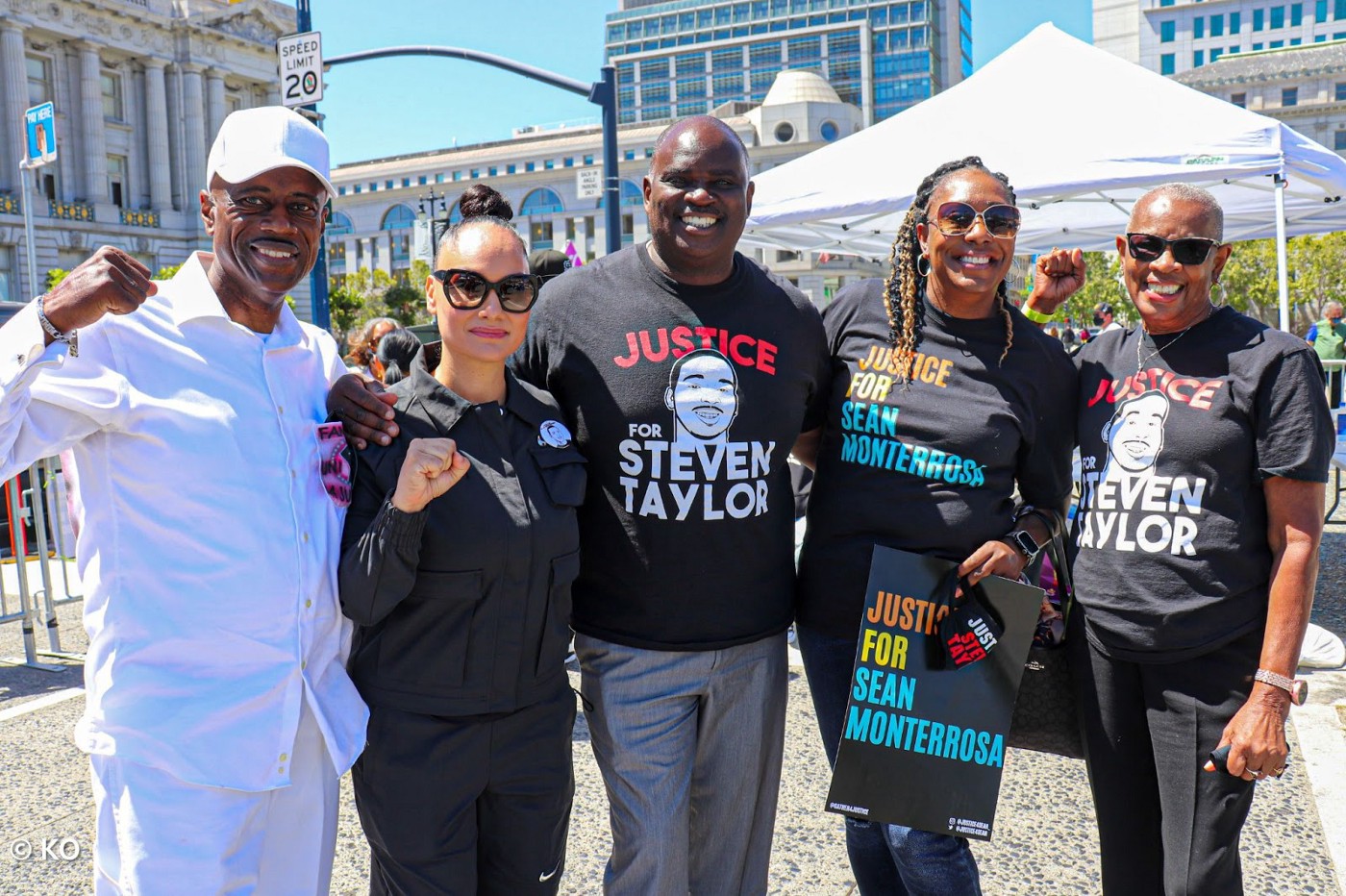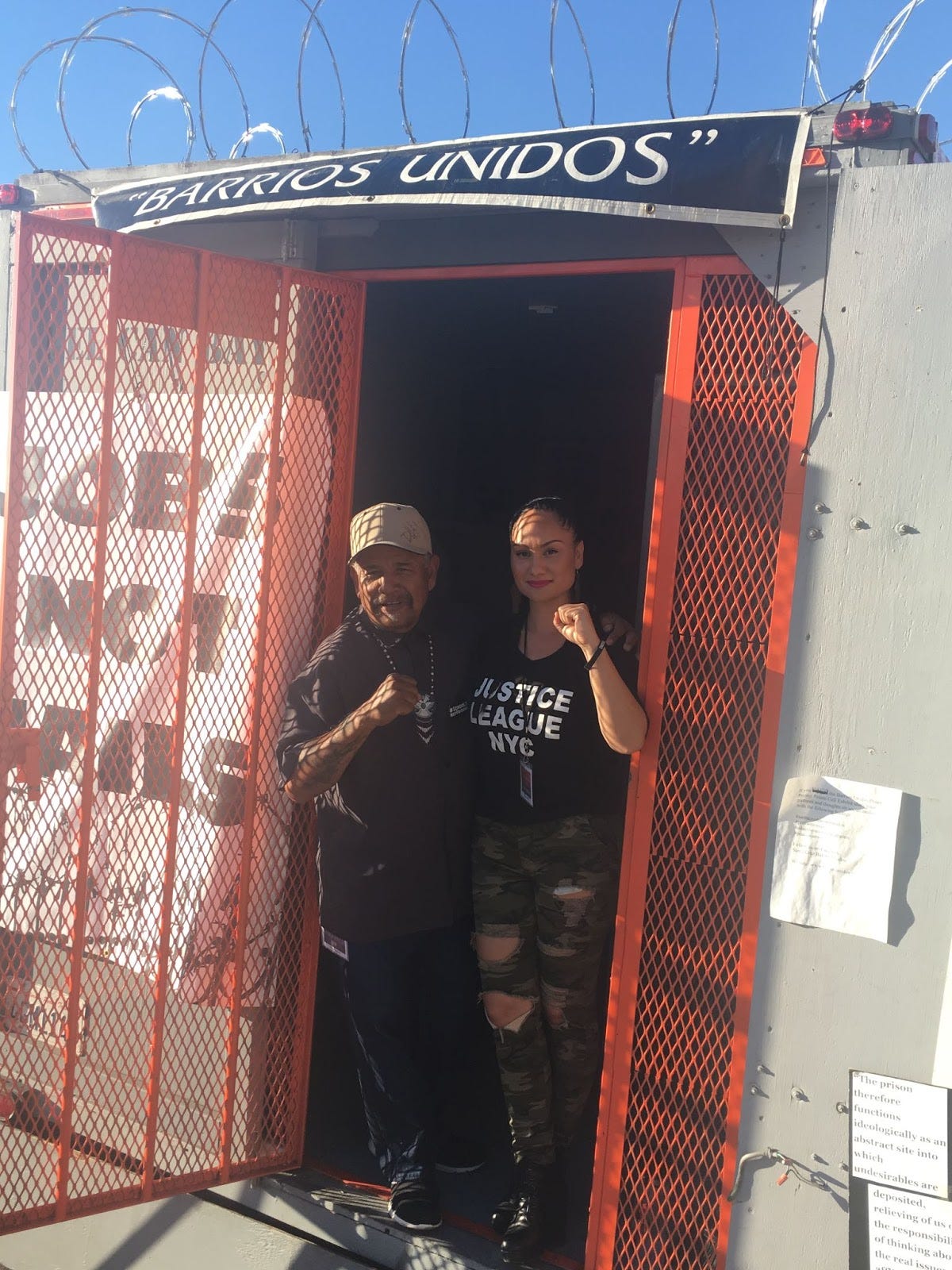
A Call to Philanthropy — Funding BIPOC-led Work
by Renée Joslyn
After several years of internal and external forces challenging institutional philanthropy to do better, now many funders are prioritizing funding BIPOC-led and marginalized gender-led organizations.
This is a welcomed and important shift, mirroring the example of many other organizations serving marginalized communities that are intentional about centering BIPOC communities and their voices to best respond to their needs.
However, there are ongoing obstacles to the meaningful implementation of consistent, widespread philanthropic support to BIPOC communities. There are too many organizations serving marginalized populations that are underfunded, or worse still, entirely ignored by institutional philanthropy. Philanthropy has focused on a narrow definition of BIPOC — often lumping groups together in ways that stifle funding or lead to competition in funding because groups only have access to a limited and limiting portfolio that just centers their identity with no other nuances. There are organizations with BIPOC leadership on all levels — including boards, executive teams, and administrative professionals, that are not receiving needed funding because of this narrow focus.
Not surprisingly, there’s also an intersection with the disregard of women that continues to present challenges for BIPOC women leaders to secure funding for the organizations they lead, a fact supported by a report from Bridgespan and Echoing Green. In addition, an article from the Chronicle of Philanthropy states, “white-led groups had budgets that were 24 percent larger than those led by people of color.”
Philanthropy’s Blindspot
Philanthropy leans towards being risk-averse and asks more of grantees in reporting than some grantees have the capacity to execute — creating a cycle that has its oppressive processes rooted in white supremacy culture as named by Kenneth Jones and Tema Okun. Additionally, institutional philanthropy tends to have its “eyes on each other,” granting funds to organizations when they notice other grantors have supported them. This leads to philanthropy being more concerned with who else is funding the work rather than the work itself, and how much of an impact people and organizations have on systemic social change.
It is time for a shift. It is time for us who are in and in support of institutional philanthropy to be bolder and more intentional about centering voices and stories of BIPOC and women-led organizations and leaders doing the work throughout various portfolios — not only the “racial justice” and “gender equity” portfolios. A shift to more human-centered funding would highlight the intersections between people and cultures and the impact on community. Not just funding proposals written to fit restrictive portfolio guidelines, but investing in infrastructure and building non-profit institutions committed to justice that will last.
One organization that does not fit into the current narrow box, and is focused expressly on supporting community is The Gathering for Justice (The Gathering). It is currently led by Carmen Perez-Jordan, a Chicana with a small team that is primarily women of color whose identities are a blend of Black, Dominican, Puerto Rican, Indigenous and Samoan. The Gathering is a great example of how individuals whose communities have been silenced throughout history use their collective experience and struggle to significantly impact social justice locally and throughout the country.
The Gathering for Justice is committed to intergenerational mentorship, femtorship and leadership; justice-centered policy and systemic change; cross-cultural solidarity; and centering the people most impacted by oppression-based systems of domination and harm. As President & CEO, Carmen and her team are transforming and building a sustainable and accountable infrastructure. Her experience and strategies have developed through the Chicano organizing community — which has been an experience rooted in movement building, Black and Chicana feminism, servant leadership, and intersectionality. Her Chicana organizing experience reflects the strategies of the Black community during the US Civil Rights movement, and movements throughout the African Diaspora. Through Carmen’s existence as a Chicana feminist and the great scholars sharing and teaching about Chicano/a history, the intersection is even clearer. It is time to be intentional about supporting an original ‘American’ community as part of the growing support for the work of BIPOC organizations and leaders.
Interconnected Struggles, Different Identities
The awareness and priority of funding Latinx-led organizations is almost always in the context of immigration. Yet, Chicanos are different in that they have ancestry that is indigenous to the land that is now the region between California and Texas. Dr. Aida Hurtado, Associate Dean of the Department of Chicana and Chicano Studies with UC Santa Barbara, notes:
“There is a lack of funding for Chicana/o-led organizations. Funding sources make it a requirement for organizations to align with the rhetoric of the day. The history of Chicanas/os is complicated and not widely available to the public. Chicanas/os became part of this country after the end of the Mexican American war in 1848 when more than half of Mexican territory was colonized by the United States. After that, waves of immigration, mostly of poor and working people, with no access to voting and political engagement, made their struggles and history invisible. We don’t have the visibility that our population requires and deserves for funding sources to understand our issues and oppressions. In many ways we are the largest population that works behind the scenes in working class jobs with no acknowledgment of our presence as U.S. citizens…. As a [sic] mestiza/o group that is racialized but does not fit the Black/white binary also contributes to our invisibility.”
The colonialism of the U.S. means Chicanos have historically dealt with the terrorism of white supremacists in a way that echoes how Black communities have suffered — including public lynchings, entire towns burned to the ground, codified exclusion from specific neighborhoods and employment, and mass incarceration.

Carmen got her start under the mentorship of Nane Alejandrez, founder of Barrios Unidos — who for over 40 years has led intercultural programming inside of prisons; negotiated gang truces; and worked to stop community-based violence through investing in the emotional, spiritual and material development of people impacted by incarceration. However, Nane’s accomplishments have been under-invested in as a Chicano leader without an immigrant story.
“Chicana leadership is vitally important for many reasons. One, it is a leadership identity that disrupts narrowly defined notions of who gets to set the rules and articulate our ideals of freedom and justice. Most Americans (North and South) have been under-educated towards understanding the importance of Chicana leadership towards contributing to the gender justice, racial equity and immigration movements that are literally the backdrop of the current social issues we are addressing today. Secondly, there is an invaluable intersectional analysis that is based on lived experiences that can be propelled by Chicana leadership and it allows for a deeper analysis that can secure long-term justice. Our social justice movements need a fresh approach to counter the vestiges of long-term discrimination that continue to dominate our communities and elevating the perspective of Chicana leadership provides a critical approach,” notes Alvin Starks, Director of the Open Society-U.S. Equality team at the Open Society Foundations.
Call To Action
Lateefah Simon, President of the Akonadi Foundation, member of the BART Board of Directors, and leading advocate for racial justice and civil rights, shares:
“The work of racial justice will take all of us, and yet we know that leaders of color, including Chicana leaders, have been underinvested in historically. Philanthropy must invest deeply in leaders who represent our communities, who know our communities, and who have the vision and solutions for the problems our communities face. In the fight for racial justice, philanthropy must be a partner in building strong organizations with abundant and flexible resources to lead the fight for justice. That means supporting our Chicana movement leaders for the long haul, so they are well resourced to do the work of radically reimagining a racially just world. We must invest in leaders and organizations committed to long-term solutions that bridge solidarity and healing across Latinx, Black, Indigenous, Asian and Pacific Islander communities.”
Philanthropy can play many roles in society — primary of which is uncovering and supporting the interconnection of movements, causes and people beyond the easiest assumed identity. Instead of operating from a competitive model when we think about communities and leaders in which to invest, it would benefit all of us to expand our thinking to tell and fund a bigger story. This is how we advance the aspirational idea of responsive philanthropy.
Particularly within the scope of the organizing renaissance we are currently in, Carmen’s story and the story of The Gathering for Justice is worth uncovering as an example of the multi-faceted work of leaders and organizations that are forced into boxes. The work of BIPOC women in the trenches moving mountains is captivating, and it often becomes great anecdotes in “grantee” stories we share. But we should not only want to tell their stories and award their accomplishments, but also recognize the interconnection of their struggles, and fund that work generously.
With champion funders leading the way, philanthropy is poised to be even bolder, more intentional, and create more pathways to leadership in unconventional spaces and with unconventional leaders. Albert Maldonado, Senior Program Manager at The California Endowment, shares:
“We fund The Gathering for Justice as an anchor power building organization working to dismantle the school-to-prison-to-deportation pipeline by building the leadership, voice and power among those most impacted. The work of The Gathering is rooted in unwavering love and commitment for racial justice as an organization established by Mr. Harry Belafonte and brought to life by Carmen Perez-Jordan. The work of The Gathering for Justice balances and leverages powerful local work and builds toward a much-needed statewide and national power-building alliance that is connected to a local grassroots base. They create platforms that make space for leaders to develop their leadership and political education and are important for creating the conditions that lead to powerful policy and systemic change work.”
The work of Carmen and the story of The Gathering for Justice is unique but not uncommon. In fact, there are other organizations, and BIPOC leaders, that would benefit significantly from targeted transformative investments in resources and acknowledgment that can support them building power to create a more equitable future. It is the responsibility of Institutional philanthropy to research and resource these organizations, not just wait for a well-written proposal or an “innovative” idea to come across a desk. After all, creating a better place for humankind is the mandate of philanthropy.
Read the story on Medium.